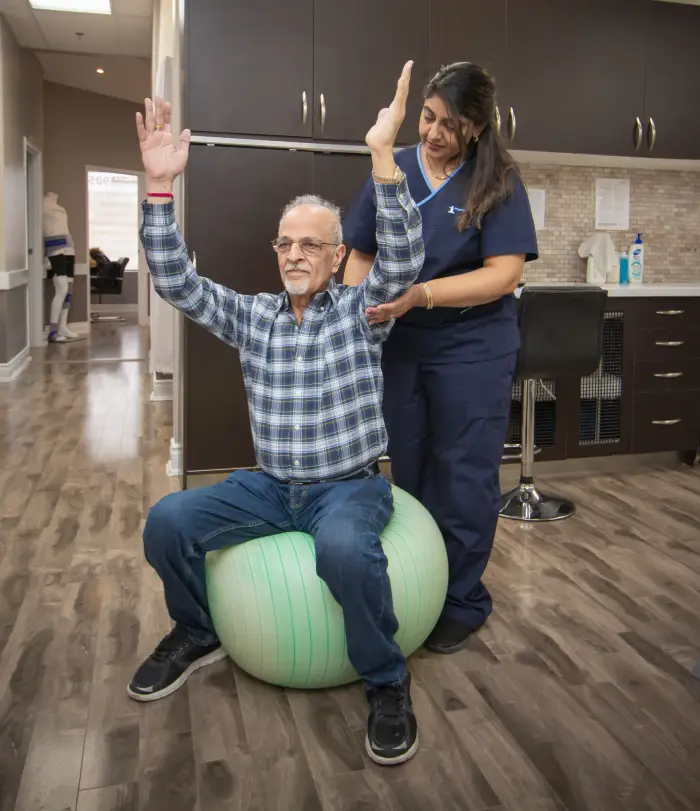Exercise Programs
Physiotherapy workouts are moderate resistive exercises that emphasize alignment, stability, and coordination. Basic floor workouts or gym equipment can be used to practice it but the majority of applications will use a combination of these tools together with other methods like resistance band training for increased difficulty levels in more advanced stages when clients need them on top of their existing fitness routine if they’re already fully active
It takes patience while working through physiotherapy routines because there’s often no immediate reward except improved movement after every session – sometimes even just small changes over time lead up into something big.
Physiotherapy exercise regimens are frequently utilized with manual therapy to address a wide range of injuries, especially those affecting the neck and back.
Therapeutic exercise, in its most basic form, is an activity that is recommended to rectify deficiencies, enhance muscle and musculoskeletal functioning, and maintain a state of health.
The scientific data establishing the positive role of physical activity is undeniable, and in most individuals, the rewards considerably surpass the hazards.
Many individuals need to participate in an exercise regimen that includes aerobic, strength, adaptability, and neuromotor exercise programs to enhance and sustain physical health and wellness.
With that in mind, there are programs designed to work efficiently at home. Let’s take a look at what it entails and how it can be beneficial.




